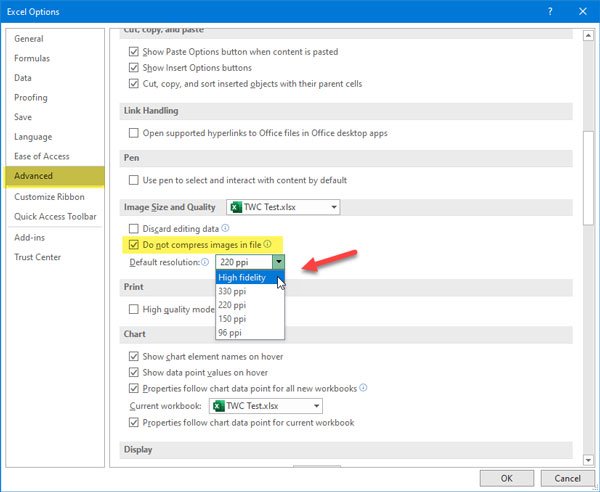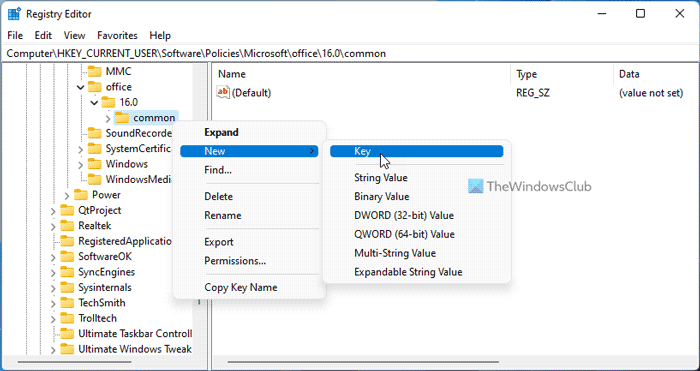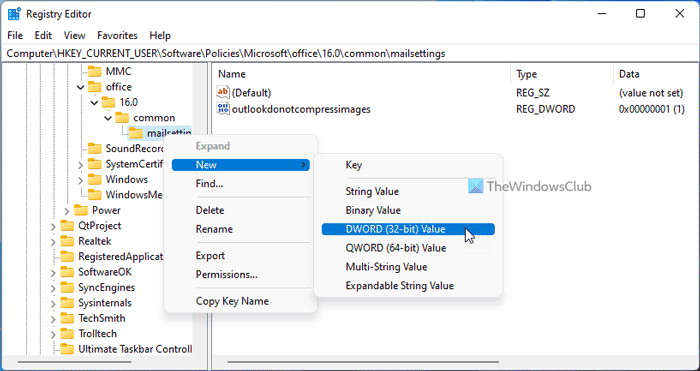Many people do not want to compress the image while exporting a Word document, PowerPoint presentation or Excel spreadsheet because that might break the overall appearance of the file. If you are one of them, then you can disable image compression in Office 365 apps. No third-party app, add-on, or service is required for this job, as the feature is built-in.
What is image compression in Office 365 apps?
You can insert an image in Microsoft Word, Excel, etc. to make it a media-rich file. You cannot see the compression while adding as it happens in the background. However, if you save the file or export it in PDF or so, you can see a minor difference.
Image compression lets you decrease the image file size so that the file consumes minimal storage on your hard drive. This option is handy when you have a large document, and you do not want to create a 20 MB or 30 MB document file. However, if you want to save all the documents in original image quality, you need to turn off image compression in Word, Excel, etc.
What happens when you turn off image compression?
If you have a small document, you may not notice the difference. Nonetheless, if you have a large file with a lot of images, you can find the file size difference. In other words, Microsoft Word or other Office apps will save the data in a smaller size. For your information, this post includes Microsoft Excel (Office 365) screenshots. However, you can perform the same steps in other apps as well. Unfortunately, this functionality is not available in the web version of Word, Excel, etc.
How to Turn Off Picture Compression in Office 365 apps
To disable image compression in Office 365 apps, follow these steps-
- Open an app and go to File > Options
- Go to Advanced tab
- Find Image Size and Quality label and make a tick in the Do not compress images in file checkbox
- Select High fidelity from Default resolution list
- Save your changes.
Let us see this in a bit more detail.
Open Microsoft Excel and click the File option. Here you can find a button called Options. After clicking on it, you need to switch to the Advanced section.
Now find out the Image Size and Quality label and choose the spreadsheet on which you want to apply the new settings. Following that, make a tick in the Do not compress images in file check box.

Now, you need to choose Hide fidelity from the Default resolution drop-down menu and click OK to save the changes.
Now, if you save the spreadsheet, images will not be compressed.
The same thing is possible for Word with the help of the Local Group Policy Editor and Registry Editor. However, you can enable or disable these settings in Word only when you insert inline images in Outlook. If you want to turn on or off those settings, follow the following guide.
How to disable Image Compression in Office 365 apps using Group Policy
To disable image compression in Office 365 apps using Group Policy, follow these steps:
- Press Win+R to open the Run prompt.
- Type gpedit.msc and hit the Enter button.
- Navigate to E-mail Options in User Configuration.
- Double-click on the Do not compress the inline images inserted in Outlook setting.
- Choose the Enable option.
- Click the OK button.
To learn more about these steps, continue reading.
First, you need to open the Local Group Policy Editor on your computer. For that, press Win+R to open the Run dialog, type gpedit.msc, and hit the Enter button.
Next, navigate to the following path:
User Configuration > Administrative Templates > Microsoft Word 2016 > Word Options > Advanced > E-mail Options
Here you can find a setting called Do not compress the inlined images inserted in Outlook. You need to double-click on it and select the Enabled option.

Click the OK button to save the change.
Note: It is also possible to set the quality of the compression. For that, you need to open the Specify default quality of compression done on inlined images inserted in Outlook setting, choose the Enabled option, and select the High Fidelity option.
How to disable Image Compression in Office 365 apps using Registry
To disable image compression in Office 365 apps using Registry Editor, follow these steps:
- Press Win+R > type regedit > press the Enter button.
- Click the Yes button.
- Navigate to Microsoft\office\16.0 in HKCU.
- Right-click on 0 > New > Keyand name it as common.
- Right-click on common > New > Keyand set the name as mailsettings.
- Right-click on mailsettings > New > DWORD (32-bit) Value.
- Name it as outlookdonotcompressimages.
- Double-click on it to set the Value data as 1.
- Click the OK button.
- Restart your computer.
Let’s check out these steps in detail to learn more.
To get started, press Win+R > type regedit > press the Enter button, and click on the Yes option to open the Registry Editor on your computer.
Then, you need to go to the following path:
HKEY_CURRENT_USER\Software\Policies\Microsoft\office\16.0
Right-click on 16.0 > New > Key and name it as common. Then, right-click on common > New > Key and set the name as mailsettings.

Then, you need to create a REG_DWORD value. For that, right-click on mailsettings > New > DWORD (32-bit) Value and set the name as outlookdonotcompressimages.

By default, it comes with a value data of 0. However, you need to double-click on it and set the Value data as 1.

Finally, click the OK button and restart your computer.
Note: If you want to set the quality of the compression to the High Fidelity, you need to create another REG_DWORD value named oulookimagedpiindex and keep the Value data as 0. Again, you need to restart your computer to get the change.
Related: Preserve image quality when saving in Word, Excel, PowerPoint
Why does Outlook reduce image quality?
Outlook reduces the image quality to save the memory and bandwidth. If you insert high-resolution images, it will take more time to upload them to the server and send it to the recipient. However, if you use a low-resolution image or allow Outlook to compress the image, it won’t take much time to send an email with some images.